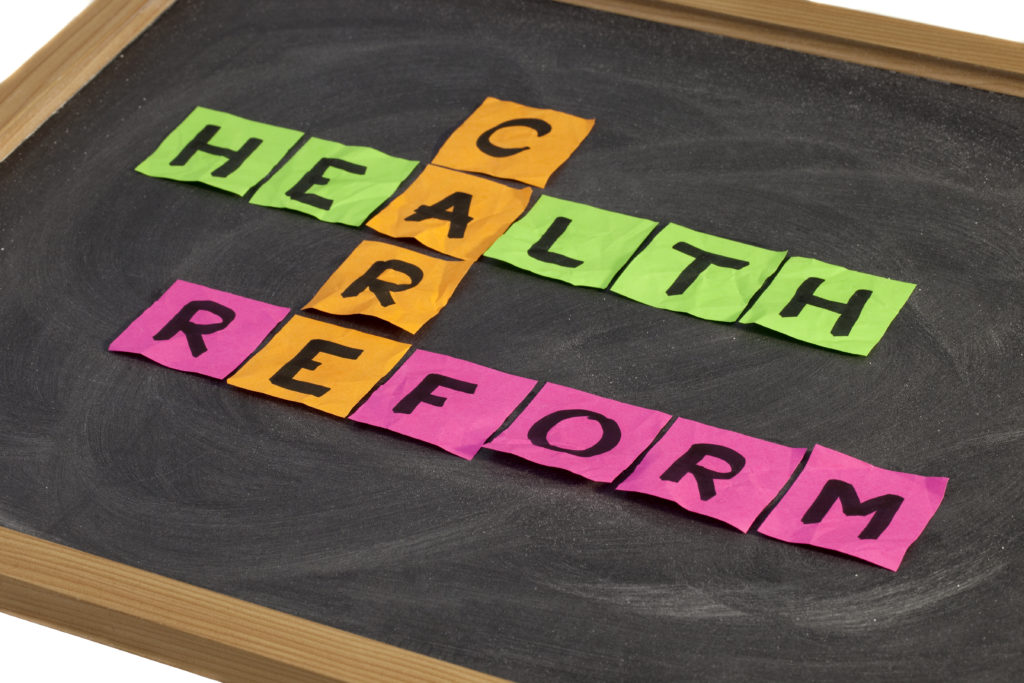This past weekend we saw the northeastern portion of our nation prepare for the landfall of hurricane Sandy and what has been termed “The Perfect Storm” and even “Frankenstorm”. With several states declared in a “state of emergency” before the storm even hit land and many areas under mandatory evacuation orders, what an eye-opening reminder to evaluate emergency/disaster preparedness and crisis planning among our senior housing and senior living communities. Being prepared by having a comprehensive disaster preparedness plan, practicing for disasters in your facilities, and updating your plan frequently can help save lives and reduce injuries. Do you have a written, comprehensive, viable emergency/disaster plan of action?
What are some things to consider in your emergency planning? (Keep in mind this is only a starting point and not an exhaustive list. Some state agencies even have templates for communities to work from and adapt to their own situations)
• Situations you need to be prepared for: fire, flood, tornado, hurricane, earthquake, industrial accidents, even terrorist attacks.
• Evacuation procedures; both immediate evacuation during a crisis as well as ordered evacuation prior to an event
• Communications between administrators, emergency responders, caregivers, employees, residents and resident’s families.
• Contingency plans for loss of water, power, and various utilities for an extended period of time
• Enough food, medicine, and other necessary supplies for an extended period of time
• Proper staffing within your facility to operate during a disaster or emergency
• Make sure your staff, residents, and their families are aware of your emergency/crisis plan of action and that they be trained.
• Frequent testing and revising your plan as needed.
As this recent article posted on Newsday.com states, nursing homes in the northeast had to set their plans into action in order to keep their residents safe:
“In the Rockaways in Queens — considered a flood-prone zone — more than 60 patients on ventilators in nursing homes must be evacuated by 5 p.m. Sunday. Staffing levels at nursing homes across New York in Sandy’s path must be at 150 percent by the same deadline, said Dr. Nirav Shah, state health commissioner.
‘This is important because we don’t know what’s going to happen in terms of transportation,’ Dr. Shah said. ‘We want to make sure should a prolonged power outage occur, there will be adequate staff to care for patients in these settings.’
Fuel, food and medication levels must also be checked and stocked, Dr. Shah said.”
(read the complete article Hurricane Sandy; States of Emergency Declared in NY, NJ, CT)
Don’t get caught unprepared! Pull those written Emergency Preparedness Plans out NOW, make sure they are updated and be sure you and your staff know exactly what to do if you find yourself in such a situation.
















